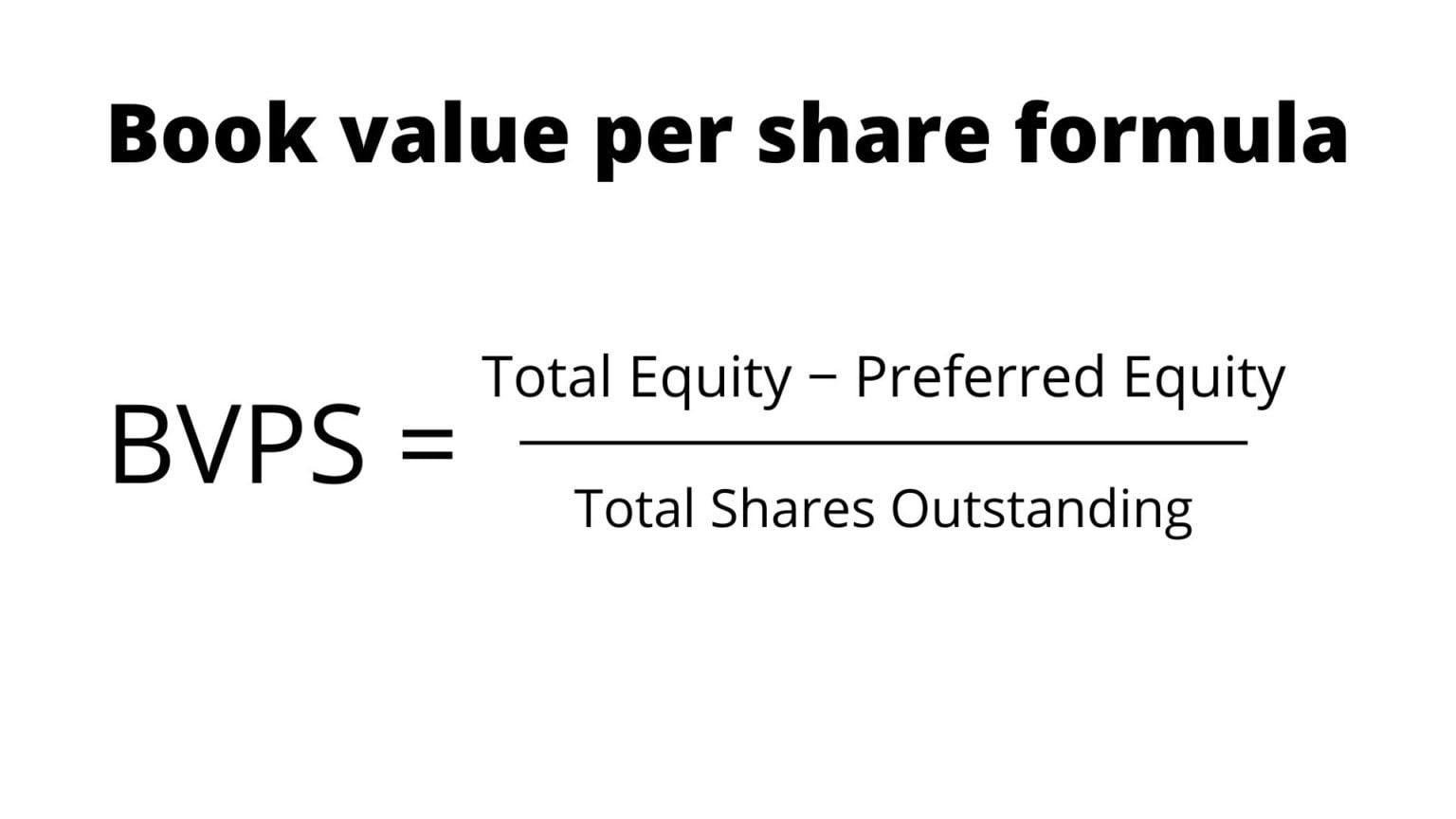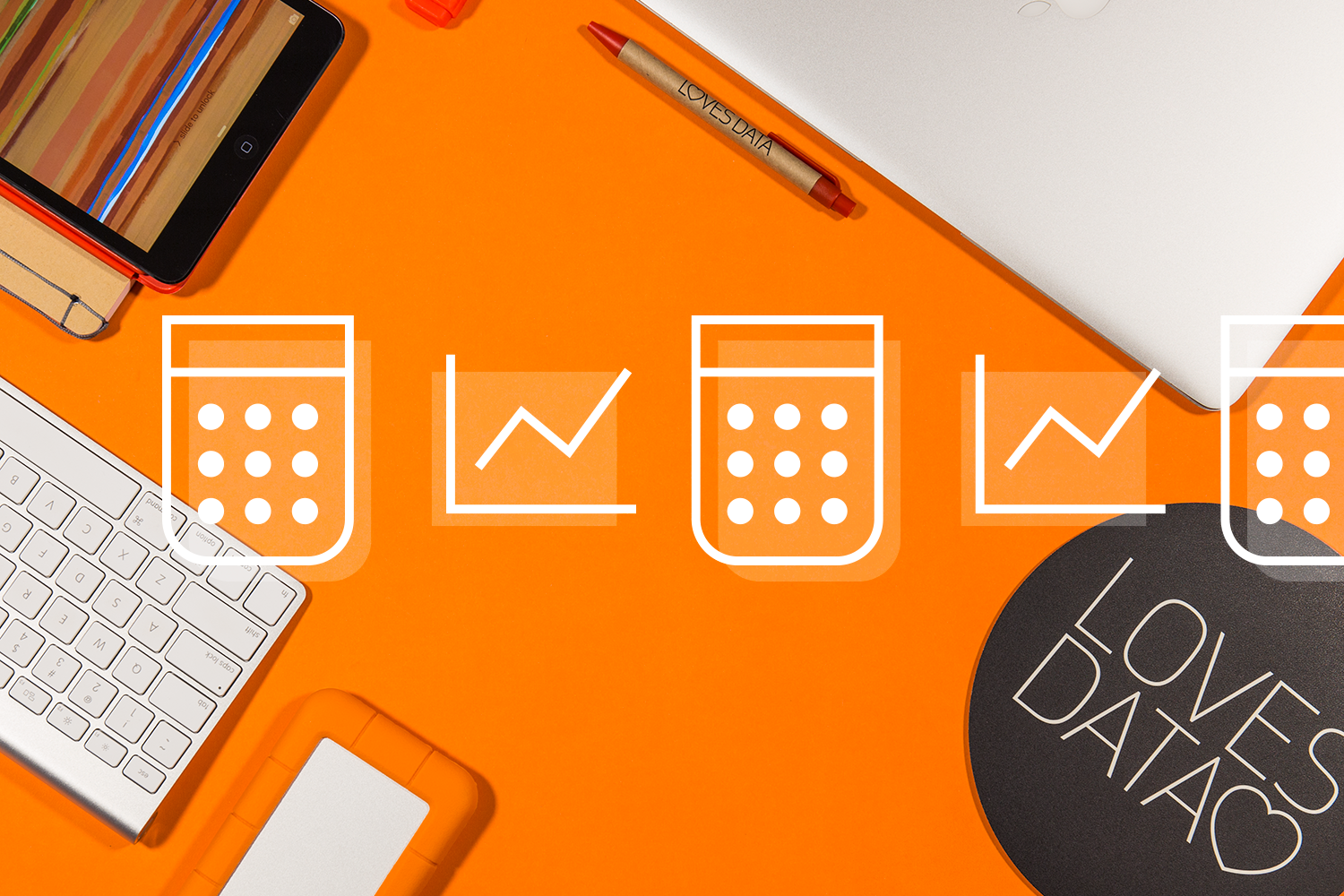
This guide will break down what common and preferred stocks are, and most importantly, provide information on how you can make an informed decision when it comes to managing your portfolio. Once you have a better understanding of each type, you can invest more confidently. By comparing total equity to total assets belonging to a company, the shareholders equity ratio is thus a measure of the proportion of a company’s asset base financed via equity. For mature companies consistently profitable, the retained earnings line item can contribute the highest percentage of shareholders’ equity. In these types of scenarios, the management team’s decision to add more to its cash reserves causes its cash balance to accumulate.
Higher potential for capital appreciation
Safety stock is a buffer against supply chain uncertainty, so you can meet customer demand even when things go haywire. Should the company dissolve, the book value per common share indicates the dollar value remaining for common shareholders after all assets are liquidated and all creditors are paid. For example, Apple (AAPL), the largest U.S. company by market cap, had $4.3 billion in retained earnings at the beginning of its fiscal third quarter in 2023.
Book Value of Equity vs. Market Value of Equity: What is the Difference?
Preferred stocks are considered “hybrid” securities because they have a face value and pay regularly scheduled income to investors in the same manner as fixed-income bonds. However, they trade on stock exchanges just like common stocks, but don’t come with voting rights. A company’s shareholders’ equity consists of common and preferred stock and retained earnings. When combined with outstanding debt, you have the entire capital structure of a business, the invested capital. Common stock represents ownership in a company and offers investors the potential for long-term growth.
Common Stock’s Contribution to Shareholders’ Ownership
When a company issues shares, it dilutes the value of existing shares in the market, potentially devaluing the equity held by older investors. In order to raise the value of outstanding shares, the company must either increase its market capitalization or issue a buyback. The common stock balance is calculated as the nominal or par value of the common stock multiplied by the number of common stock shares outstanding.
But if it’s negative, that means its debt and debt-like obligations outnumber its assets. Shareholders Equity is the difference between a company’s assets and liabilities, and represents the remaining value if proposal for operation development pod all assets were liquidated and outstanding debt obligations were settled. Based on your entries, this is the maximum price per share you could pay for the stock and still earn your required rate of return.
- Ask a question about your financial situation providing as much detail as possible.
- If we select 1050 pairs as safety stock, if we have a case with higher lead time and actual demand, it will automatically produce lost sales.
- Both give you ownership in a company, but they work differently and affect your investments in unique ways.
- For example, if you operate in a sector with high demand variability, your safety stock levels will need to be higher to accommodate potential spikes in sales.
Now that you’re equipped with this foundation of knowledge, all you need to do to figure it out is to go look it up on any company’s balance sheet in their 10-Q or 10-K filing. Helpful Fool Company’s board has elected to issue just 2,000 shares at this time. Therefore, the company currently has authorized 5,000 shares and has 2,000 shares issued and outstanding.
Of course, neither of these assumptions rarely, if ever, occur in real life. Retained earnings are a company’s net income from operations and other business activities retained by the company as additional equity capital. They represent returns on total stockholders’ equity reinvested back into the company. Let’s say that Helpful Fool Company has repurchased 500 shares in this year’s buyback program. The company now has 5,000 authorized shares, 2,000 issued, 500 in treasury stock, and 1,500 outstanding.

Authorizing a number of shares is an exercise that incurs legal costs, and authorizing a large number of shares that can be issued over time is a way to optimize this cost. Common shareholders have the most potential for profit, but they are also last in line when things go bad. Simply put, each share of common stock represents a share of ownership in a company. If a company does well or the value of its assets increases, common stock can go up in value.
The balance sheet is a financial statement that shows what a company owns (assets) and owes (liabilities), along with the value of the owners’ part (equity). Common stock is part of the equity section because it represents money that shareholders have put into the company. The balance sheet shows the company’s assets, debts, and the slices owned by investors (equity).
Preferred shareholders, as the name implies, take precedence over the owners of common stock. As stated, shareholder equity combines common stock, preferred stock and retained earnings. Many preferred stocks come with a callable feature, meaning the issuing company can repurchase or “call” the stock back at a predetermined price after a certain date.
